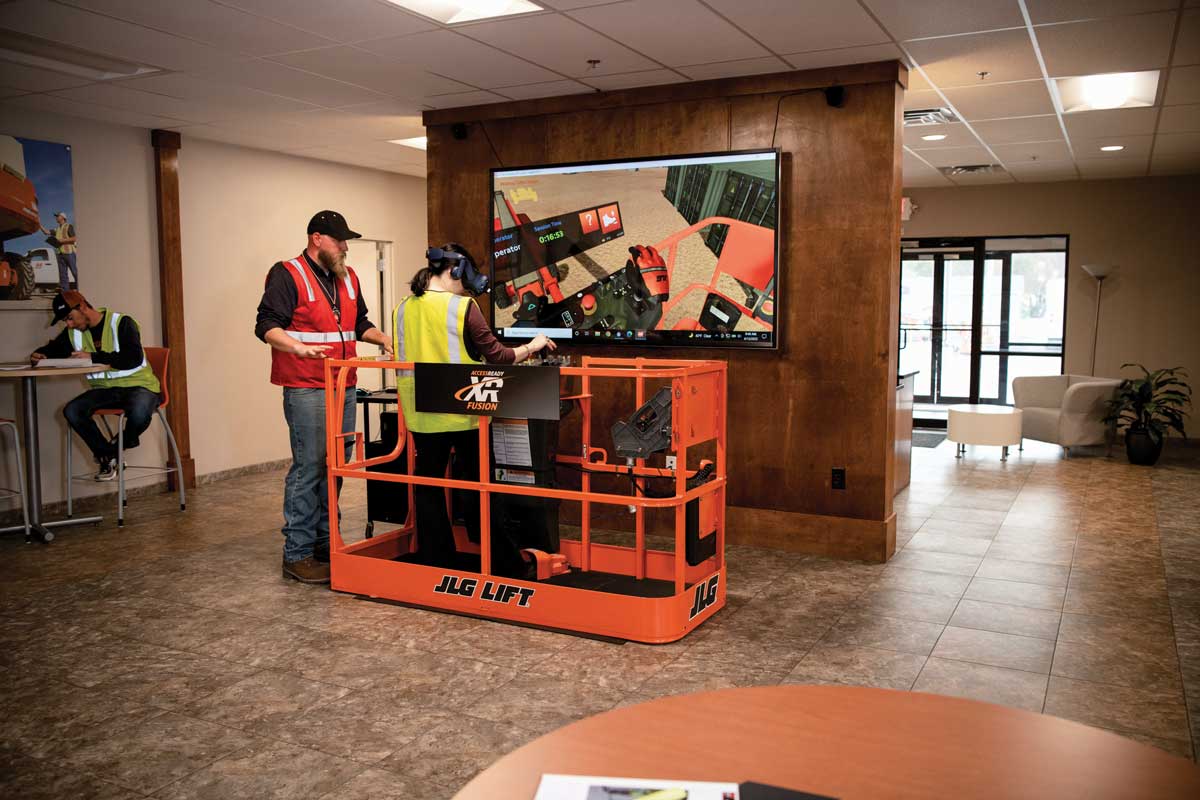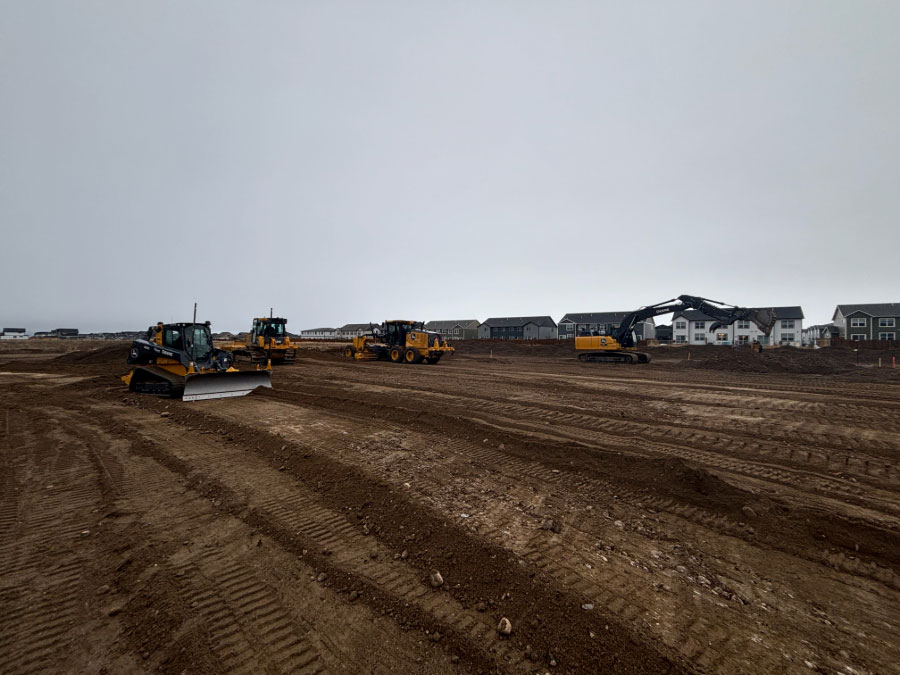The Dos and Don’ts when employing young workers

With summer often comes employment of young workers. This answers many of the common questions about restrictions imposed by state and federal wage-hour laws. In general, the type of work that a minor may perform is related to the youth’s age, the nature of the work and schooling status. State and federal laws vary somewhat so pay attention to your state’s regulations. Here is a basic summary:
14 and 15 year olds:
- can work up to 3 hours on a school day, Monday through Friday and 18 hours during a school week.
- can work up to 8 hours a day on a non-school day, or 40 hours in a non-school week.
- cannot work during school hours.
- cannot work before 7:00 a.m. or after 7:00 p.m. when school is in session (except from June 1 through Labor Day when evening hours are extended to 9:00 p.m.)
- cannot work in any manufacturing, processing, mining, construction, warehouse operations, maintenance or repair of machinery, and many restrictions apply in cooking.
- cannot work in any of the 17 Hazardous Occupations listed below, for “16 and 17 year olds.”
- cannot load/unload trucks.
- cannot use power driven machinery, mowers or cutters.
- Under federal law the prohibited occupations for minors under 16 is broader than it appears and includes such things as outside window washing from ladders, work in boiler/engine rooms and work in connection with vehicles using lifting apparatus or tire inflation of removable rims, mowers and cutters.
16 and 17 year olds:
- While federal laws do not restrict the number of hours or times of day that workers 16 years of age and older may be employed, many states do so and these state restrictions primarily address work during the school day.
- 16 and 17 year olds can work in any occupation except those declared hazardous by the Secretary of Labor. The 17 Hazardous Occupations for non-farm work deal with the following:
- Manufacturing or storing explosives
- Driving a motor vehicle as primary job or being a vehicle outside helper — but 17 year olds can perform incidental/occasional daytime driving for vehicles not exceeding 6,000 pounds within a 30 mile radius of the place of employment
- Coal mining
- Logging and sawmilling
- Power‑driven wood working machines
- Exposure to radioactive substances and to ionizing radiations
- Power‑driven hoisting apparatus, including forklifts, bobcats and skid-steers
- Power‑driven metal forming, punching and shearing machines
- Mining other than coal mining
- Meat packing or processing (including power‑driven meat slicing machines)
- Power‑driven bakery machines
- Power‑driven paper products machines
- Manufacturing brick, tile, and related products
- Power‑driven circular saws, band saws, wood chippers, and guillotine shears
- Wrecking and demolition
- Roofing operations
- Excavating operations
- Door-to-door sales/solicitation is permitted at age 16 under certain restrictions and swimming pool lifeguarding is permitted at age 15.
18 year olds:
- can work in any job for unlimited hours
Parental employment:
A parent’s employment of his own child under the age of 16 is permissible in any occupation other than manufacturing, mining or in any of the 17 Hazardous Occupations listed above.
Apprentice/Student Learners:
Occupations hazardous for children between ages 16-18 do not apply to apprentices or student learners but restrictions on this include the child must be enrolled in a formal apprenticeship program or state cooperative vocational training program. Other restrictions apply.
State laws:
State laws related to employment of minors vary from federal requirements and frequently are more restrictive. Employers should review the requirements of the states in which they do business. For example, Ohio requires a written wage agreement specifying the rate of pay for the youth.
Other laws:
Employment laws such as workers’ compensation, safety, minimum wage/overtime and discrimination are equally applicable to young workers.
Minimum wage:
$7.25 federal minimum wage unless $4.25 “youth sub-minimum wage” used for first 90 days.
$8.30 Ohio minimum wage as of January 1, 2018.
Rest period:
Under Ohio law and some other states’ laws, employees under eighteen must receive a 30 minute uninterrupted rest period (unpaid) after the first five hours of work.
Penalties:
Employers who violate the Fair Labor Standards Act child labor law provisions are subject to a civil money penalty of up to $11,000 for each child labor violation and $50,000 for a violation which causes the death or serious injury of a minor. Imprisonment can occur for repeated infractions.
Record keeping:
A list of minors employed and a written record of the hours worked and rest breaks taken must be maintained for two (2) years. Ohio requires a written agreement related to the compensation to be received and the display of a poster is also required.
Developments:
In May 2018, the Labor Department announced an initiative to unwind decades-old child labor restrictions by allowing teenagers to work longer hours in some of the most hazardous occupations – primarily 16 and 17 year-old apprentices and student learners – a method to provide youths with more workplace opportunities.
This summary cannot provide all of the requirements for employing minors. If you wish additional information, contact Bob Dunlevey, Board Certified Labor and Employment Law Specialist at Taft/Law at (937) 641-1743 or email rdunlevey@taftlaw.com.




